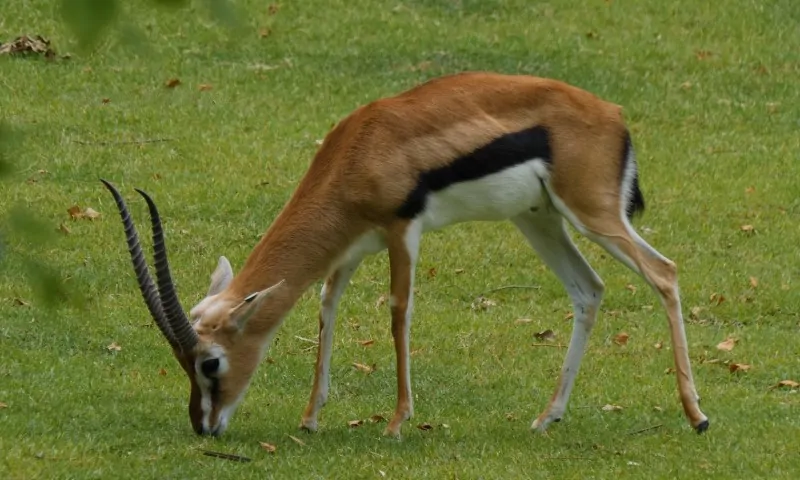When people see hawks and falcons flying above, they often think they’re the same. But, there are real differences between them that make each bird unique.
Let’s break it down and get into the 10 key differences that will help you spot the difference next time you see one.
| Hawk | Falcon | |
|---|---|---|
| Size | Larger (up to 25 inches, 52-inch wingspan) | Smaller (up to 17 inches, 43-inch wingspan) |
| Wings and Flight Style | Broad, rounded wings for gliding | Slender, pointed wings for speed and diving |
| Head Shape and Beak | Pointy head, smooth curved beak | Round head, ‘tooth’ on beak for killing |
| Killing Method | Uses talons to crush prey | Uses beak to sever spinal cord |
| Diet | Small mammals like rabbits, squirrels | Smaller birds, caught in mid-flight |
| Habitat Preferences | Forests, woodlands, and perches | Open spaces like grasslands and deserts |
| Speed | Slower (30-50 mph) | Faster (200+ mph in dives) |
| Taxonomy and Classification | Family: Accipitridae, Order: Accipitriformes | Family: Falconidae, Order: Falconiformes |
| Tail Shape | Broader, fan-shaped tail | Narrower, pointed tail for precision |
| Hunting Strategy | Perch and pounce from high positions | High-speed dives (‘stooping’) to catch prey mid-air |
Table of Contents
Toggle1. Size
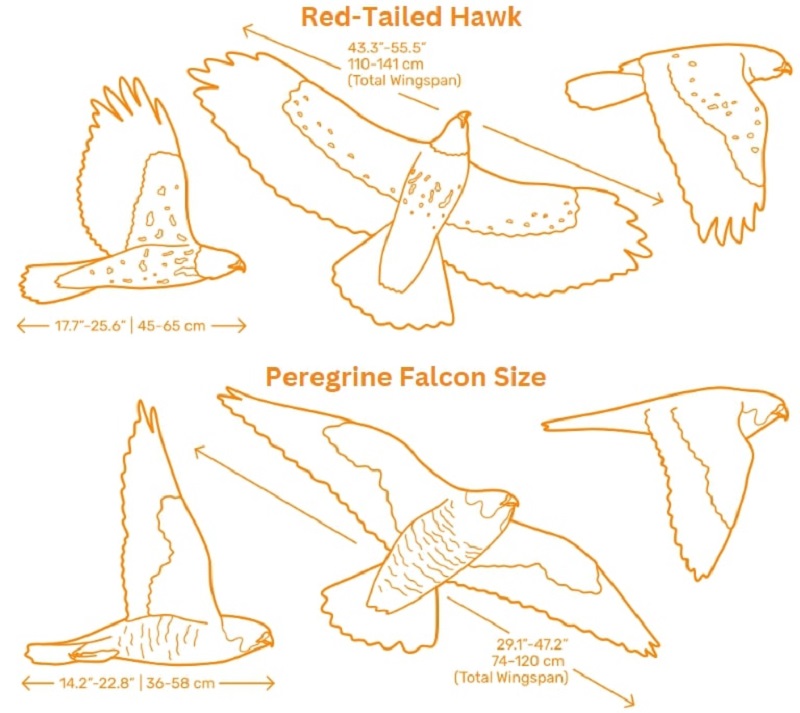
Hawks and falcons vary significantly in size, with hawks generally being the larger of the two.
A typical hawk, like the red-tailed hawk, can measure up to 25 inches in length with a wingspan of 52 inches.
In contrast, falcons, such as the peregrine falcon, tend to be smaller, averaging around 17 inches in length with a wingspan of up to 43 inches.
- Hawks: Broad, stocky build with rounded wings. Larger species like the ferruginous hawk can weigh up to 4.5 pounds.
- Falcons: More slender with pointed wings, built for speed. The American kestrel, a small falcon, weighs just 4 ounces on average.
2. Wings and Flight Style
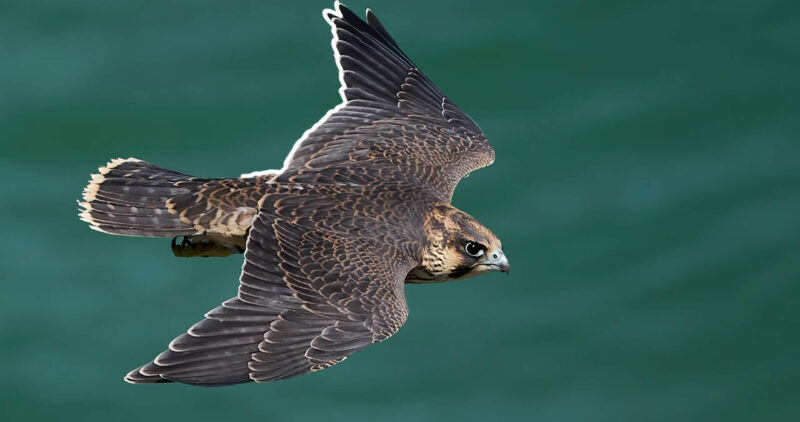
One of the most noticeable differences between hawks and falcons lies in their wings and how they fly.
Hawks have broad, rounded wings, which allow them to glide gracefully and soar in wide circles while hunting.
Falcons, on the other hand, have long, slender, and pointed wings built for speed and agility, making them more effective in rapid, direct flights.
- Hawks: Glide on thermal currents, flapping their wings infrequently. This flight style is ideal for conserving energy and scanning large areas for prey.
- Falcons: Known for rapid, powerful wing beats. Their pointed wings allow them to dive at high speeds, especially when targeting birds in mid-flight.
Hawks often soar for long periods without flapping, using rising warm air (thermals) to stay aloft.
3. Head Shape and Beak
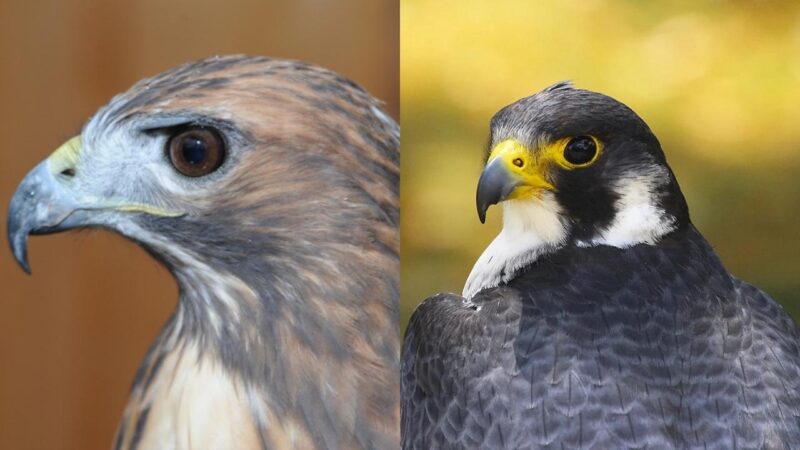
Another key difference between hawks and falcons is the shape of their heads and beaks.
Hawks have more angular, pointy heads, while falcons have shorter, rounder heads.
- Hawks: Pointy heads with a smooth, curved beak. They primarily use their sharp talons to grab and subdue prey, relying on their strong feet rather than their beaks for killing.
- Falcons: Round heads with a unique “notch” or “tooth” on their beaks. This notch is used to sever the spinal cord of their prey quickly, making falcons more reliant on their beaks for killing.
4. Killing Method
Hawks and falcons have different methods of taking down their prey, primarily due to their physical adaptations.
While both are highly effective predators, their hunting styles are shaped by how they use their talons and beaks.
- Hawks: Rely on their powerful talons to grab and crush their prey. Once a hawk captures its target, it uses its sharp claws to suffocate or immobilize the animal before consuming it.
- Falcons: Use their beaks to kill. Falcons have a unique “tooth” on their beaks that allows them to sever the spinal cord of their prey quickly, especially during high-speed dives.
5. Diet

The diet of hawks and falcons varies based on their hunting methods and preferred prey. While both birds are carnivorous, they target different types of animals.
- Hawks: Prefer small mammals like mice, rabbits, squirrels, and sometimes reptiles. Their strong talons are ideal for gripping and killing ground-dwelling animals.
- Falcons: Primarily hunt smaller birds, catching them in mid-flight. Insects, bats, and small mammals can also be part of their diet, but birds are their main prey.
The American kestrel, a small falcon, eats insects like grasshoppers along with small birds and rodents.
6. Habitat Preferences
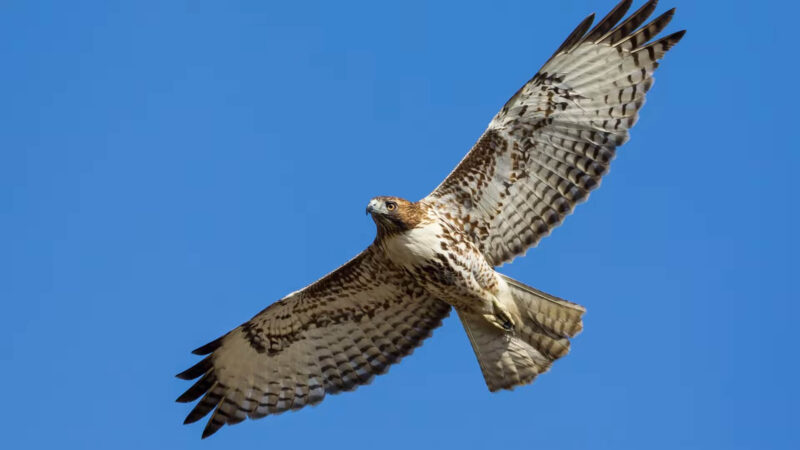
Hawks and falcons prefer different habitats based on their hunting needs and physical abilities.
While both are adaptable, their natural environments tend to reflect their distinct hunting techniques.
- Hawks: Often found in forests, woodlands, and areas with plenty of trees and perches. They thrive in environments where they can perch high and scan for ground-dwelling prey.
- Falcons: Prefer open spaces such as grasslands, deserts, and tundra. Falcons excel in wide, open areas where they can use their speed to catch birds in flight.
7. Speed
When it comes to speed, falcons clearly outshine hawks.
Falcons are known for their incredible aerial speed, especially during their hunting dives, while hawks are built for endurance and soaring rather than high-velocity pursuits.
- Hawks: While they can fly fast, hawks are more focused on gliding and soaring over large areas, reaching moderate speeds when necessary, typically around 30 to 50 mph.
- Falcons: Known for their extreme speed, falcons can reach diving speeds of over 200 mph, with the peregrine falcon holding the title of the fastest animal on the planet.
8. Taxonomy and Classification
Hawks and falcons are classified into entirely different families, reflecting their distinct evolutionary paths.
Despite both being birds of prey, they belong to different orders and families.
- Hawks: Belong to the family Accipitridae, which includes other birds of prey like eagles, kites, and harriers. They fall under the order Accipitriformes.
- Falcons: Belong to the family Falconidae, a smaller group that includes species like caracaras. Falcons are classified under the order Falconiformes.
There are over 250 species of hawks spread across several genera, making them a large and diverse group of birds.
Falcons have around 60 species worldwide, including the well-known peregrine falcon and American kestrel.
9. Tail Shape
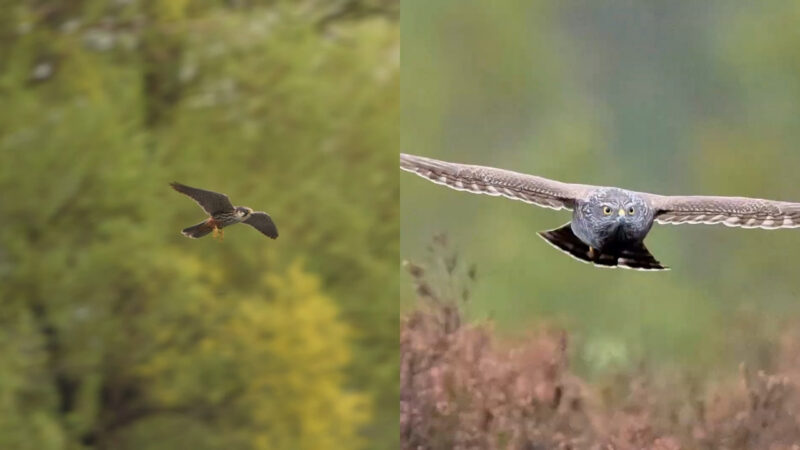
The tail shape of hawks and falcons plays a significant role in their flight maneuverability and hunting techniques.
Each bird has adapted its tail to suit its specific hunting needs.
- Hawks: Have broader, fan-shaped tails that provide better control for quick turns and gliding in forests or wooded areas.
- Falcons: Possess narrower, pointed tails that help them maintain speed and precision during high-speed dives and rapid directional changes in open skies.
10. Hunting Strategy

Hawks and falcons use distinct hunting strategies that reflect their physical adaptations and preferred habitats. Each bird of prey has developed unique methods to capture its food effectively.
- Hawks: Rely on a “perch and pounce” strategy. They sit quietly on high perches, scan for prey with their keen eyesight, and then swoop down to capture their target, usually on the ground.
- Falcons: Utilize a high-speed diving technique called “stooping“. Falcons dive from great heights, using their incredible speed to strike birds in mid-air with precision.
FAQs
Do hawks have better eyesight than falcons?
Yes, hawks are known for their exceptional eyesight, which is up to eight times sharper than human vision. This allows them to spot prey from great distances.
How long do falcons live in the wild?
Falcons typically live around 12 to 15 years in the wild, although some have been known to live longer if conditions are favorable.
What do baby falcons eat?
Baby falcons, or chicks, are fed small pieces of meat from their parents. Falcons typically bring back birds or small mammals to the nest to feed their young.
Do hawks build nests?
Yes, hawks build large nests in trees or on cliffs, usually made from sticks and lined with softer materials. They often return to the same nests each year, adding more material to them.
Can falcons see in color?
Yes, falcons can see in color, and they even have the ability to see ultraviolet light, which helps them detect prey from far away.
Last Words
While hawks and falcons may look similar at first glance, they have many distinct differences in size, flight style, hunting techniques, and habitat preferences. Understanding these key traits will help you easily identify which bird you’re observing next time you’re out in nature.
Related Posts:
- Leopard vs. Cheetah - Key Differences Between These Big Cats
- Differences Between Hawks and Eagles - Who Rules the Sky?
- Why Is Wombat Poop Square? The Science Behind Explained
- Vulture vs. Condor - What Sets These Giant Birds Apart?
- Hawk vs. Eagle - How to Tell the Difference
- What Animals Live In The Sahara Desert? Check Out…



